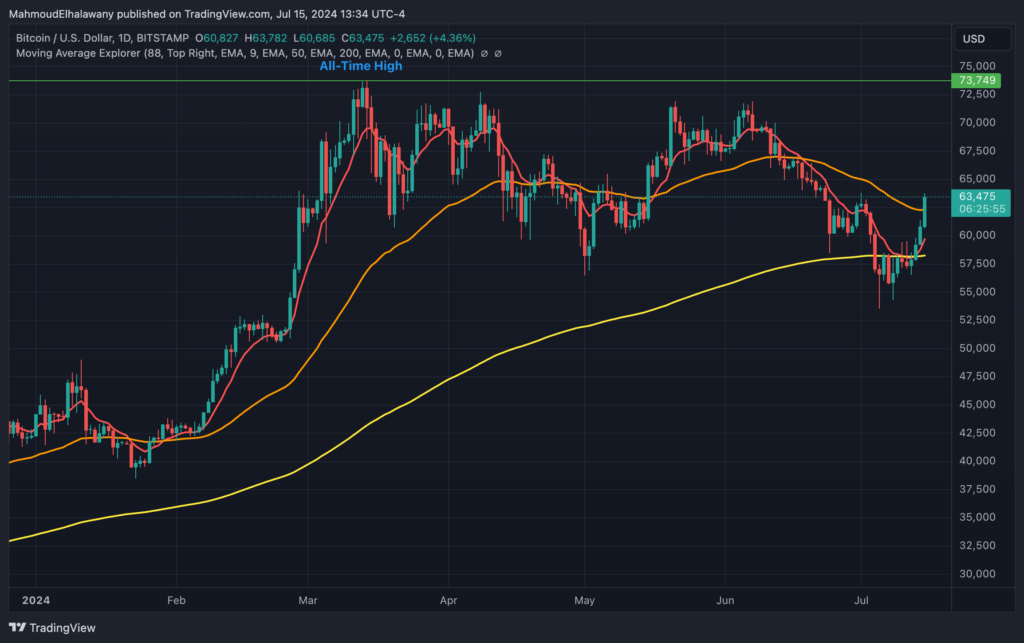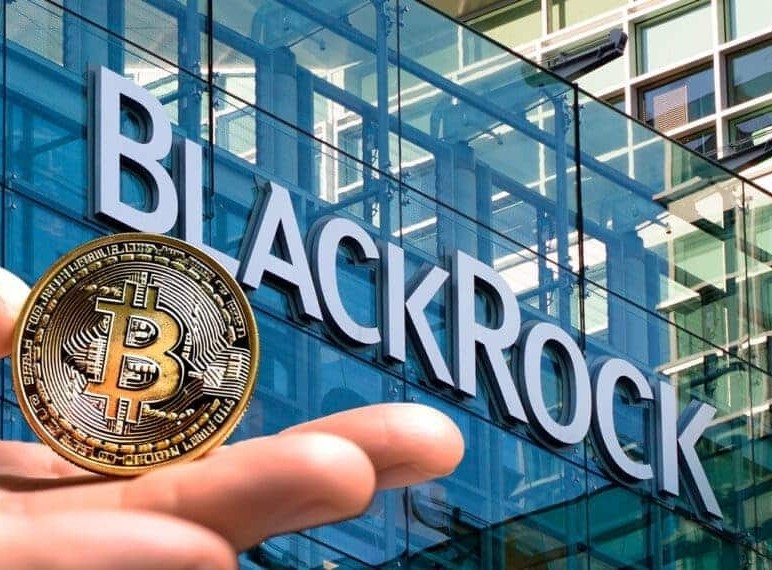BlackRock, the world’s largest hedge fund, presently manages $10.6 trillion in assets and is the largest Bitcoin investment fund.
The CEO of BlackRock, Larry Fink, stated in a recent interview with CNBC that he was “wrong” about Bitcoin. He subsequently referred to the decentralized asset as “digital gold” and a “legitimate” financial instrument.
The CEO of the $10.6 trillion asset management firm previously stated to Jim Cramer on CNBC, “I was a skeptic, a proud skeptic.” Still, he later changed his perspective on Bitcoin after researching the nascent asset.
“It is a legitimate financial instrument that allows you to maybe have uncorrelated type of returns. I believe it is an instrument that you invest in when you’re more frightened, though. It is an instrument when you believe countries are debasing their currency by excess deficits, and some countries are.”
Fink then discussed the potential for Bitcoin to allow individuals in certain countries to invest in a venture that transcends their geographic boundaries and the deteriorating economic and political conditions in those countries.
BlackRock Bitcoin ETF
Grayscale Bitcoin Trust (GBTC) was overtaken by BlackRock’s iShares Bitcoin Trust (IBIT) as the world’s largest Bitcoin exchange-traded investment fund in May. As of July 15, year-to-date inflows had exceeded $18 billion.
The asset manager also repurposed shares of the Bitcoin ETF by incorporating them into its Strategic Income Opportunities Fund (BSIIX) and the Strategic Global Bond Fund (MAWIX), emphasizing the potential of Bitcoin to assist income-focused investors, including retirees.
As per the most recent CoinShares inflows data, released on July 15, Bitcoin investment vehicles experienced their fifth-highest week of inflows, with over $1.35 billion in weekly investments.
Bitcoin’s price responds
Bitcoin’s price responded to Fink’s comments and several other developments perceived as bullish, such as the German government offloading its final Bitcoin, which ended the stark selling pressure caused by releasing 50,000 coins onto the market.

Several weeks of adverse price action and price suppression below the $60,000 mark were reversed as the nine-day exponential moving average crossed over the 200-day exponential moving average, resulting in a four-day consecutive increase in the decentralized asset.



